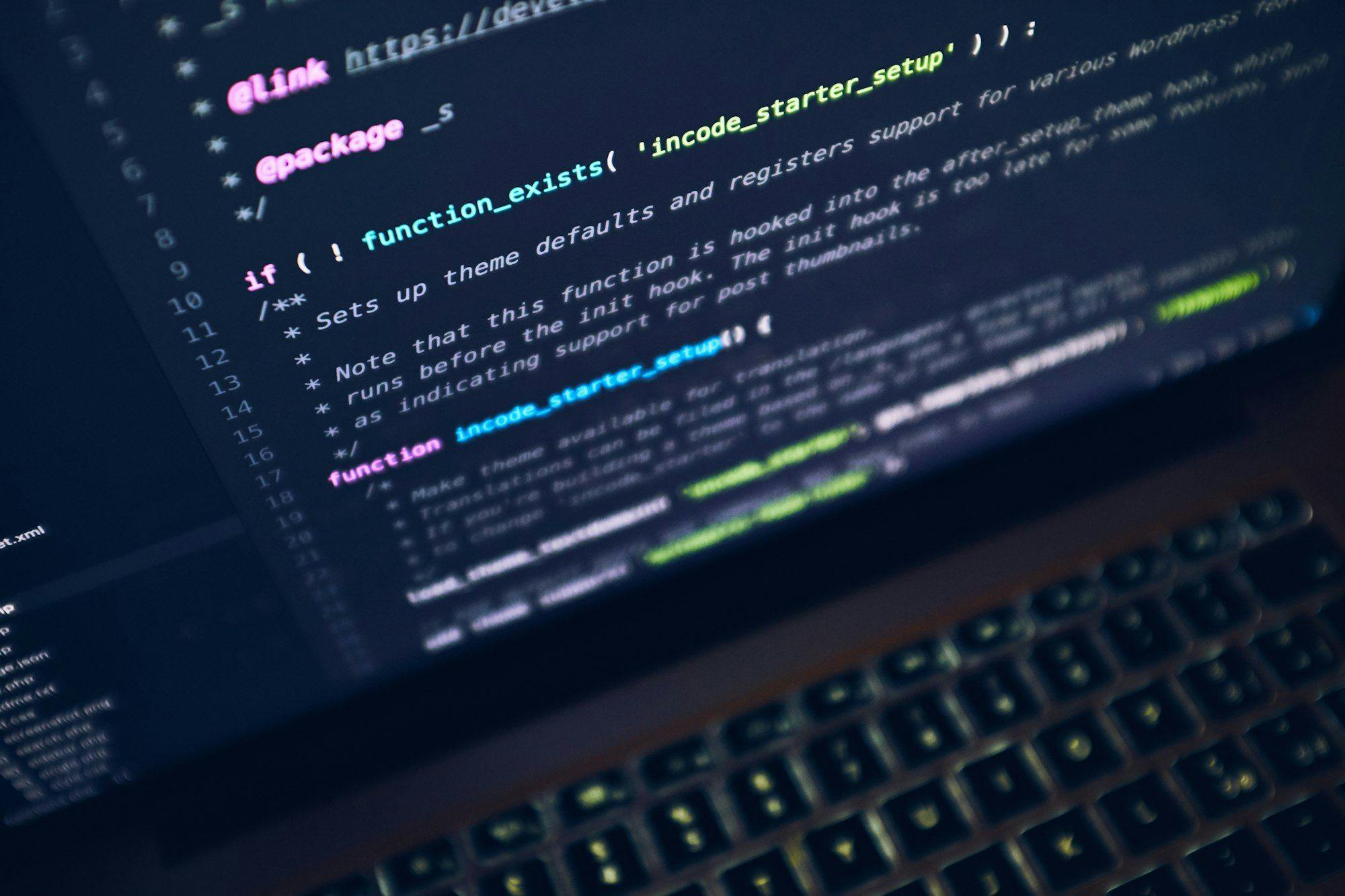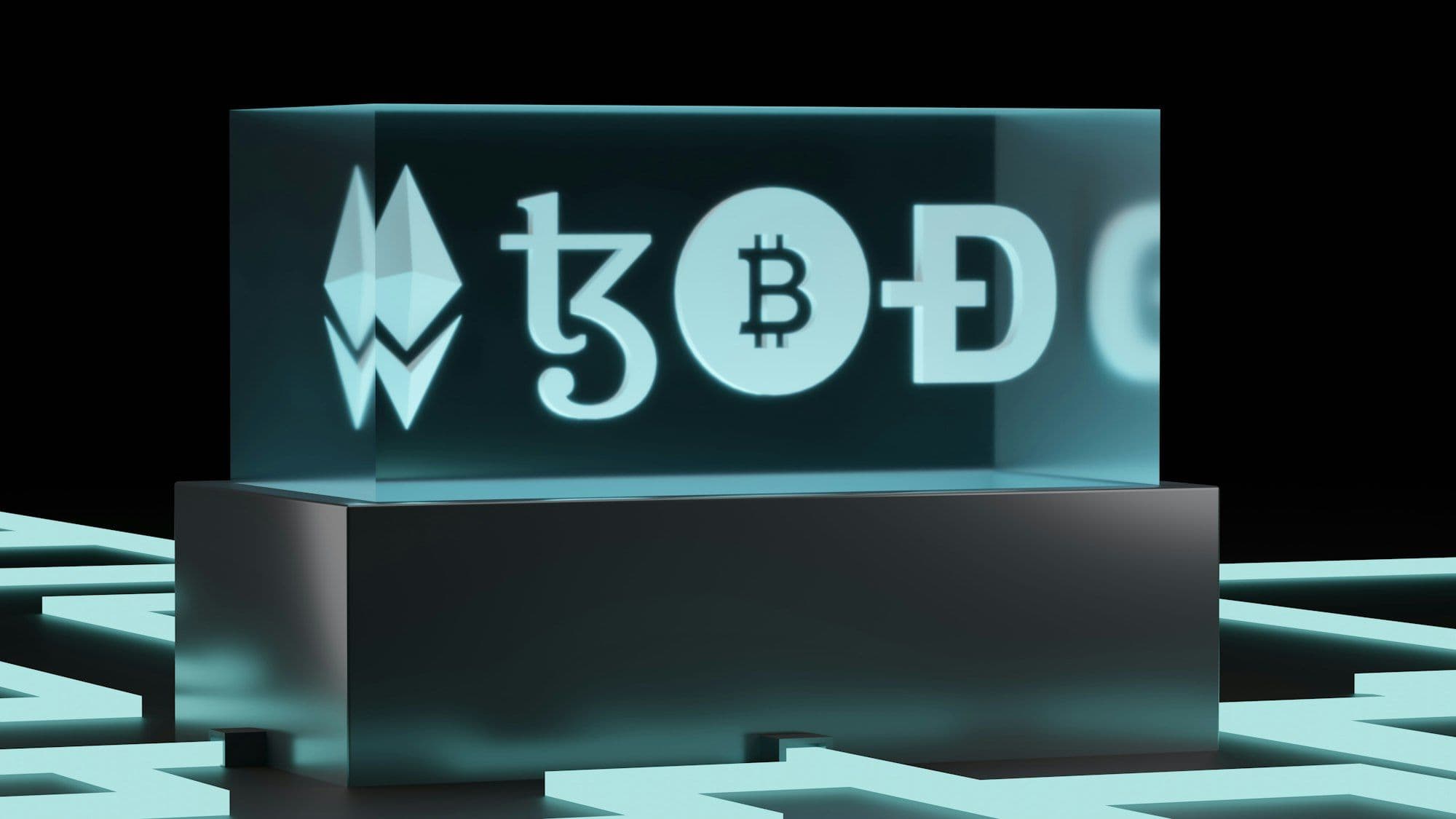
Creating a wallet application that interacts with Non-Fungible Tokens (NFTs) on Stacks requires a deep dive into several technical components and processes. This guide aims to provide a more technical and detailed perspective on utilising an NFT indexer API within the Stacks ecosystem, targeting developers with a basic understanding of blockchain technology and smart contract development.
Deep Dive into Stacks and NFTs
Stacks is a groundbreaking blockchain platform that seamlessly merges smart contracts and decentralized applications (dApps) into Bitcoin's secure ecosystem without changing Bitcoin itself. Central to Stacks is Clarity, a smart contract language celebrated for its clarity and security safeguards. This guide provides a sturdy foundation for digital asset management and ownership on the blockchain.
Key Components:
- Stacks Blockchain API:
Hiro Systems created this API as a magic key for developers to open doors within the blockchain. It offers special commands (endpoints) that let you ask the blockchain about all sorts of things, like NFT transactions (the buying, selling, and trading of digital collectables) and how smart contracts (the rules that manage these transactions) are working. - Clarity Language:
Think of Clarity as the secret language of Stacks that makes everything run without hiccups. It's special because it's designed to be super clear and safe, reducing the chance of mistakes that could cause problems. Clarity helps developers straightforwardly write instructions for smart contracts, ensuring that these contracts do exactly what they're supposed to do.
Together, these components form the backbone of building cool and secure applications on Stacks.

Setting Up the Development Environment
Preparing a development environment for Stacks requires a blend of tools and technologies tailored to blockchain development, particularly for working with NFTs and smart contracts using the Clarity language.
Here’s an expanded toolkit and guidance to optimize your setup:
Expanded Toolkit:
- Git:
Version control is crucial for any development project, and Git is the gold standard. It allows you to track changes, collaborate with other developers, and manage different versions of your project efficiently. - Docker:
Stacks development can benefit from containerization, especially when working with a consistent environment across different stages of development. Docker simplifies the setup of a Stacks node, Clarity smart contracts, and other dependencies. - Postman:
When integrating the Stacks Blockchain API, Postman can be invaluable for testing API endpoints. It offers a user-friendly interface to send requests to the API and view responses, making it easier to debug and develop the backend of your application. - Stacks.js:
This is a collection of libraries that allow you to interact with the Stacks blockchain. It simplifies tasks such as authenticating users, signing transactions, and querying blockchain data, all through JavaScript. - Clarity Development Tools:
Clarinet is a must-have for any Clarity developer. It’s a command-line tool that enables local smart contract development and testing. Learn how to use Clarinet for compiling, testing, and deploying Clarity smart contracts by following the official Stacks documentation and tutorials.
Integrating Stacks Blockchain API
- API Configuration:
To integrate the Stacks Blockchain API into your project, you'll need to connect to its various endpoints. This might mean you have to get API keys and adjust your network settings to communicate with the Stacks blockchain effectively. It's a good idea to become comfortable with the API's documentation to get a clear picture of the endpoints at your disposal. - Experimenting Safely with Your Project:
The Stacks network offers a test environment, known as a testnet or sandbox, where developers can safely try out their applications. This space is perfect for testing your smart contracts and transactions without the risk of losing real money or assets. It's an essential step to ensure everything in your application works as intended before making it available to the public.
Mastering Clarity
- Learning Clarity:
Becoming proficient in Clarity, the smart contract language for Stacks, is essential for developing secure and efficient blockchain applications. Consider leveraging online resources, tutorials, and official documentation to learn Clarity syntax and best practices. - Clarity Development Tools:
Tools such as Clarinet provide a local development environment for Clarity, allowing you to write, test, and debug smart contracts before deploying them.

Enhancing Productivity with IDEs and Extensions
Selecting an IDE tailored to these languages is crucial for developers diving into both JavaScript and Clarity. Visual Studio Code emerges as a top choice, renowned for its comprehensive support. It's equipped with extensions specifically for Clarity, enhancing your coding journey with features like syntax highlighting and code completion.
- Selecting an IDE:
For working with JavaScript and Clarity, Visual Studio Code is highly recommended. It supports Clarity-specific extensions for syntax highlighting and auto-completion, significantly enhancing productivity by offering advanced editing features, error detection, and coding suggestions. - Utilizing IDE Features:
Visual Studio Code provides a rich set of features including code navigation, syntax checking, auto-formatting, and integrated Git support. These tools streamline the coding process, reduce errors, and simplify version control, making your development workflow more efficient and effective.

Security Best Practices for NFT Wallet on Stacks
When developing an NFT wallet on the Stacks blockchain, prioritizing security is paramount. The immutable nature of blockchain transactions means any security lapse can have irreversible consequences. Here are essential security practices you should implement:
1. Smart Contract Auditing:
Before deploying your smart contracts, have them audited by professionals. An audit can uncover vulnerabilities that might not be evident during development. Tools like Clarity's native functions can help in writing secure contracts, but an external audit adds an extra layer of assurance.
2. Use Multi-Factor Authentication (MFA):
For any wallet application, MFA is a must-have feature. It adds an additional layer of security by requiring two or more verification methods. This could include something the user knows (a password), something the user has (a mobile device), or something the user is (biometric verification).
3. Secure Private Keys:
The management of private keys is critical in NFT wallet security. Never store private keys or seed phrases in plain text. Utilize secure vaults or key management services that encrypt this data at rest and in transit. Educate users on never sharing their private keys and the importance of offline backups.
UI/UX Design Considerations for an NFT Wallet on Stacks
When developing your NFT wallet on Stacks, prioritizing UI/UX design is key to ensuring user satisfaction and engagement. Here's a condensed guide to essential UI/UX considerations:
User-Centric Design
- Research:
Understand your audience's needs and preferences through user research. - Simplicity:
Aim for an intuitive navigation and straightforward user interactions.
Accessibility and Inclusivity
- Standards Compliance:
Ensure your wallet is accessible to all users, adhering to web accessibility guidelines. - Language Support:
Consider including multilingual support to cater to a global audience.
Trust and Transparency
- Security Visuals:
Use design to highlight security features and privacy protections. - Clear Information:
Be transparent about fees and transaction processes.
Design Testing and Iteration
- Feedback Loops:
Utilize prototyping and user testing to gather feedback and identify areas for improvement. - Iterative Process:
Be prepared to refine and adjust your design based on user feedback.
Mobile Responsiveness
- Adaptability:
Ensure a seamless experience across all devices and screen sizes.

Regulatory and Legal Considerations for your NFT Wallet
When developing an NFT wallet on Stacks, it's essential to navigate a complex landscape of regulations and legal requirements related to blockchain and digital assets. This includes adhering to financial laws like AML and KYC procedures, respecting intellectual property rights linked to NFTs, ensuring data privacy in compliance with laws such as GDPR, understanding liabilities related to smart contract errors, and being aware of the diverse regulations across jurisdictions where your wallet may be used.
In Short
Creating an NFT wallet with Stacks might sound complicated, but it's actually a very rewarding project that puts you at the cutting edge of blockchain tech. This step-by-step guide will help you build complex apps that make the most of Stacks' secure and innovative blockchain. Keeping your skills sharp and staying up-to-date with Stacks' latest updates are crucial for doing well in this exciting area.
Learn More About the Blockchain with Indexer's API!
What to know more about the blockchain? Start Indexing here at Indexer.xyz! The goal is to make understanding and using the Indexer API and blockchain simple and educational for everyone. Just visit Indexer.xyz and you can start making and learning with the Indexer API right away!




